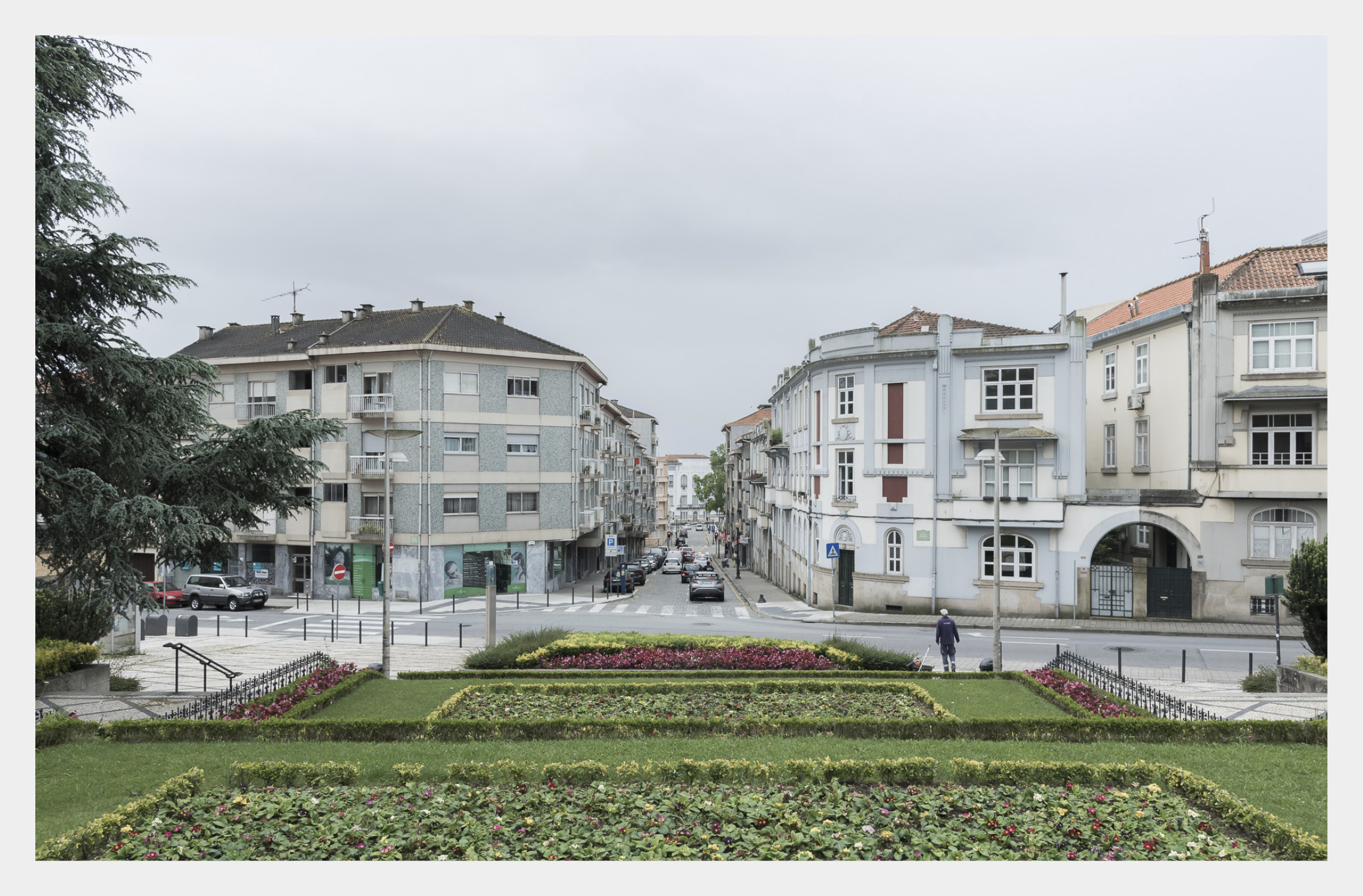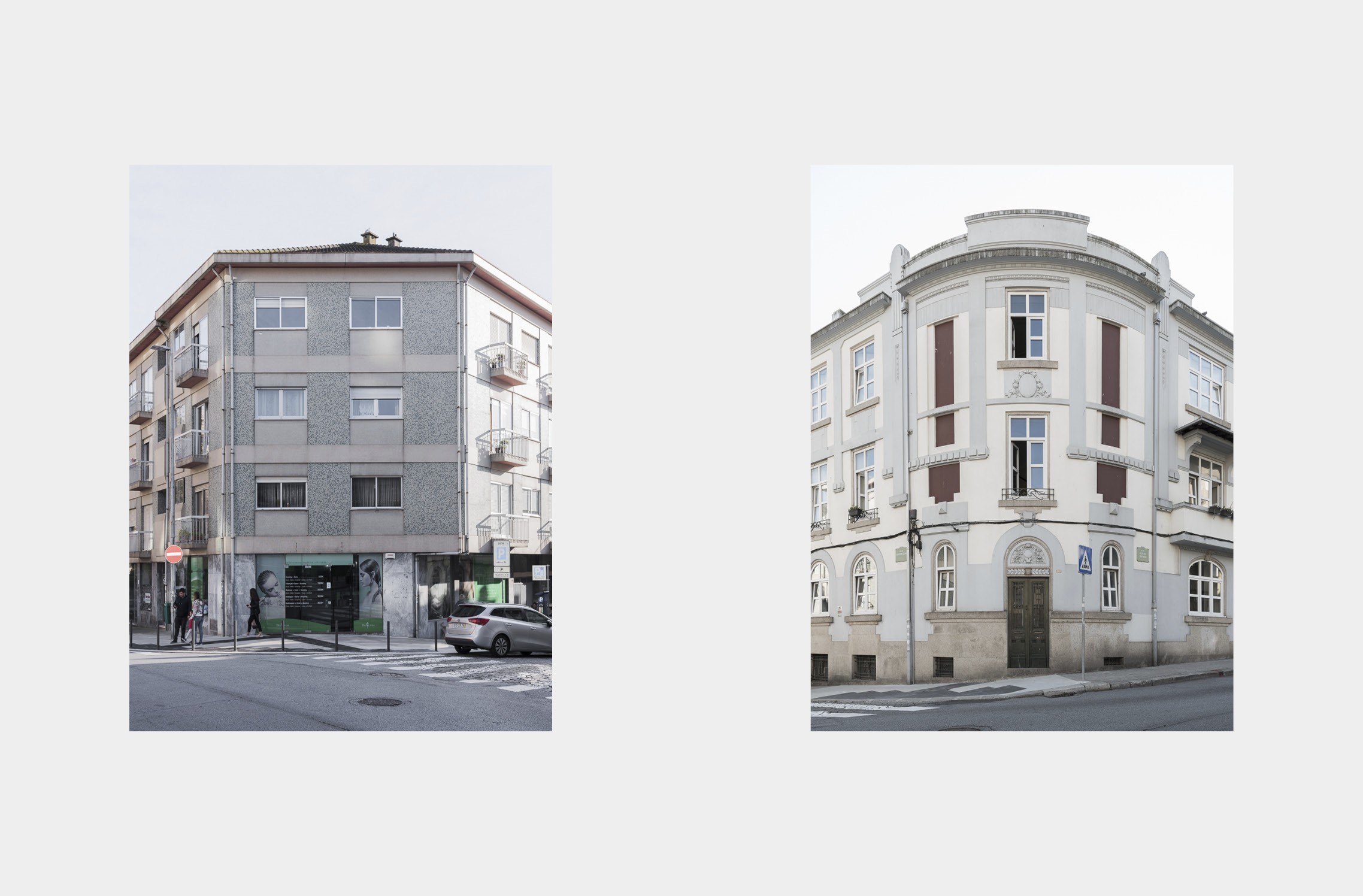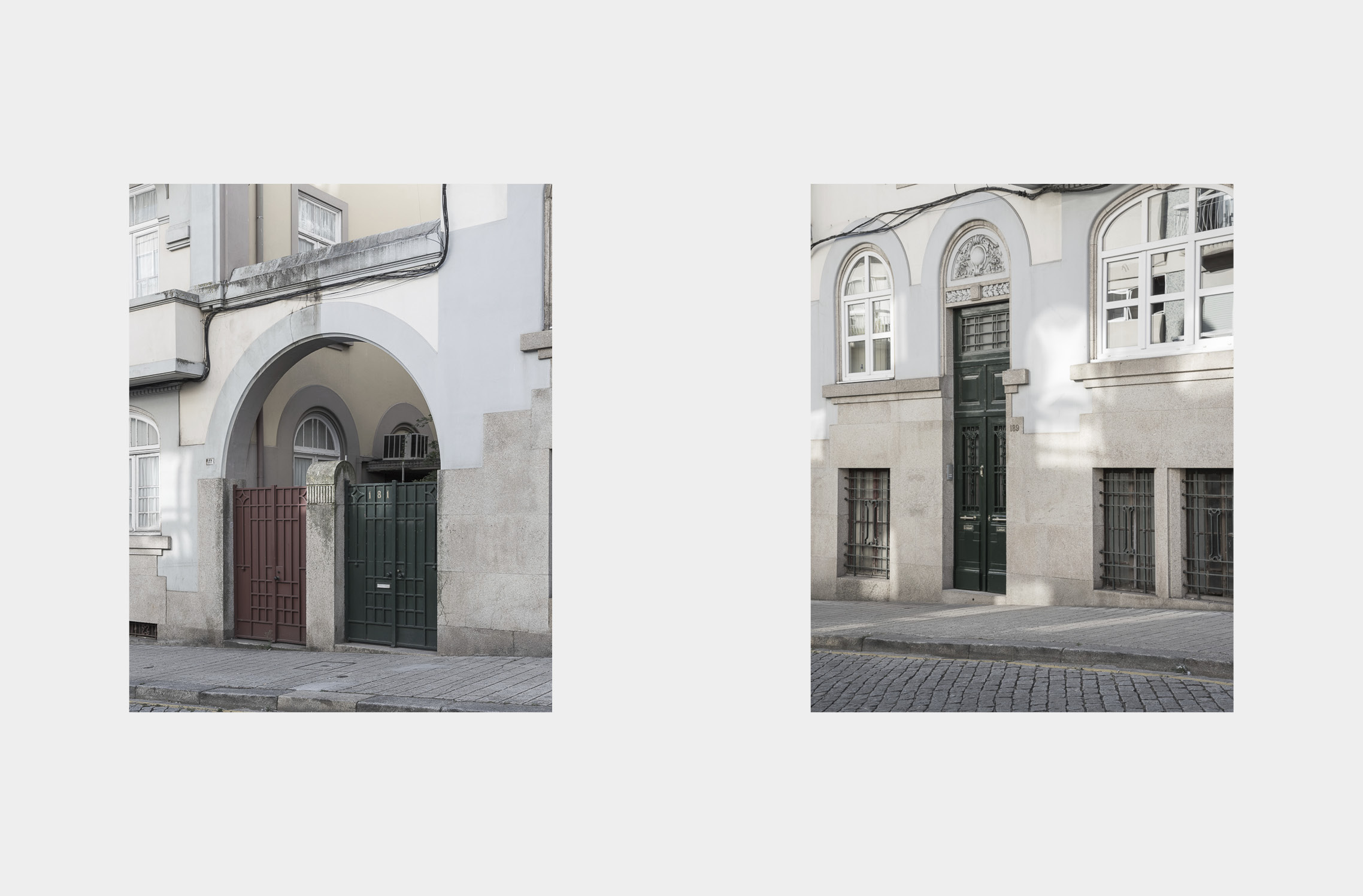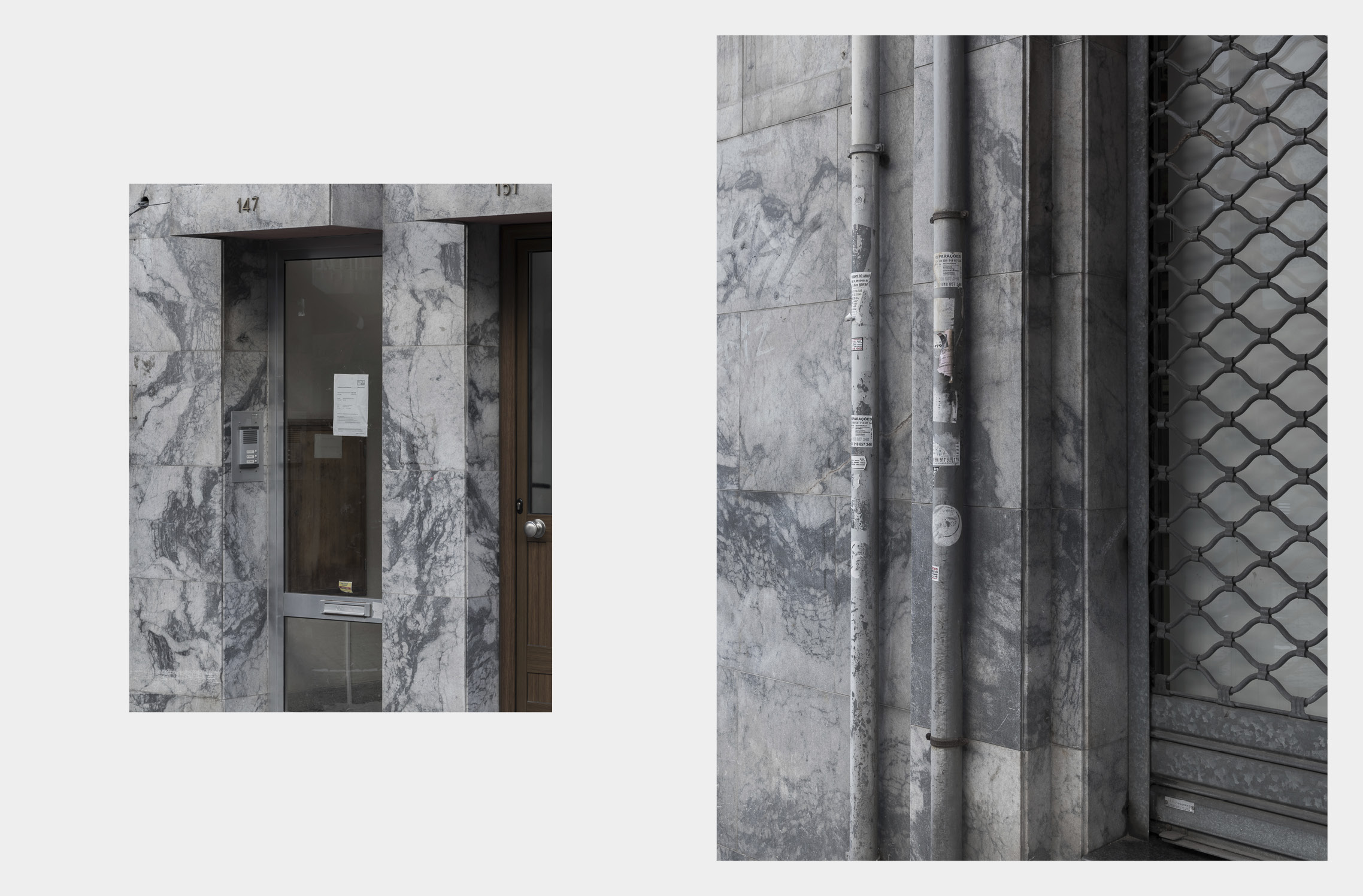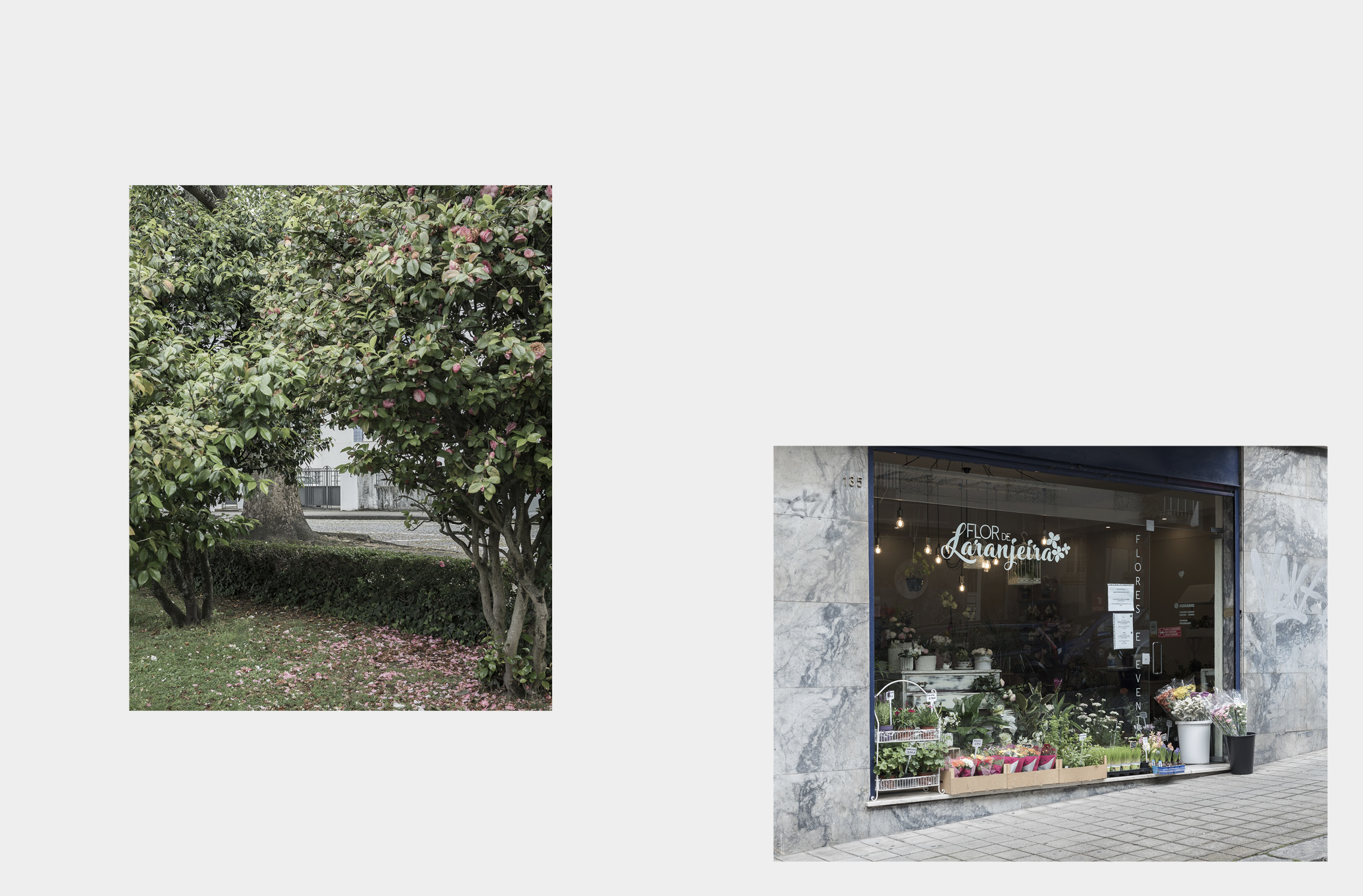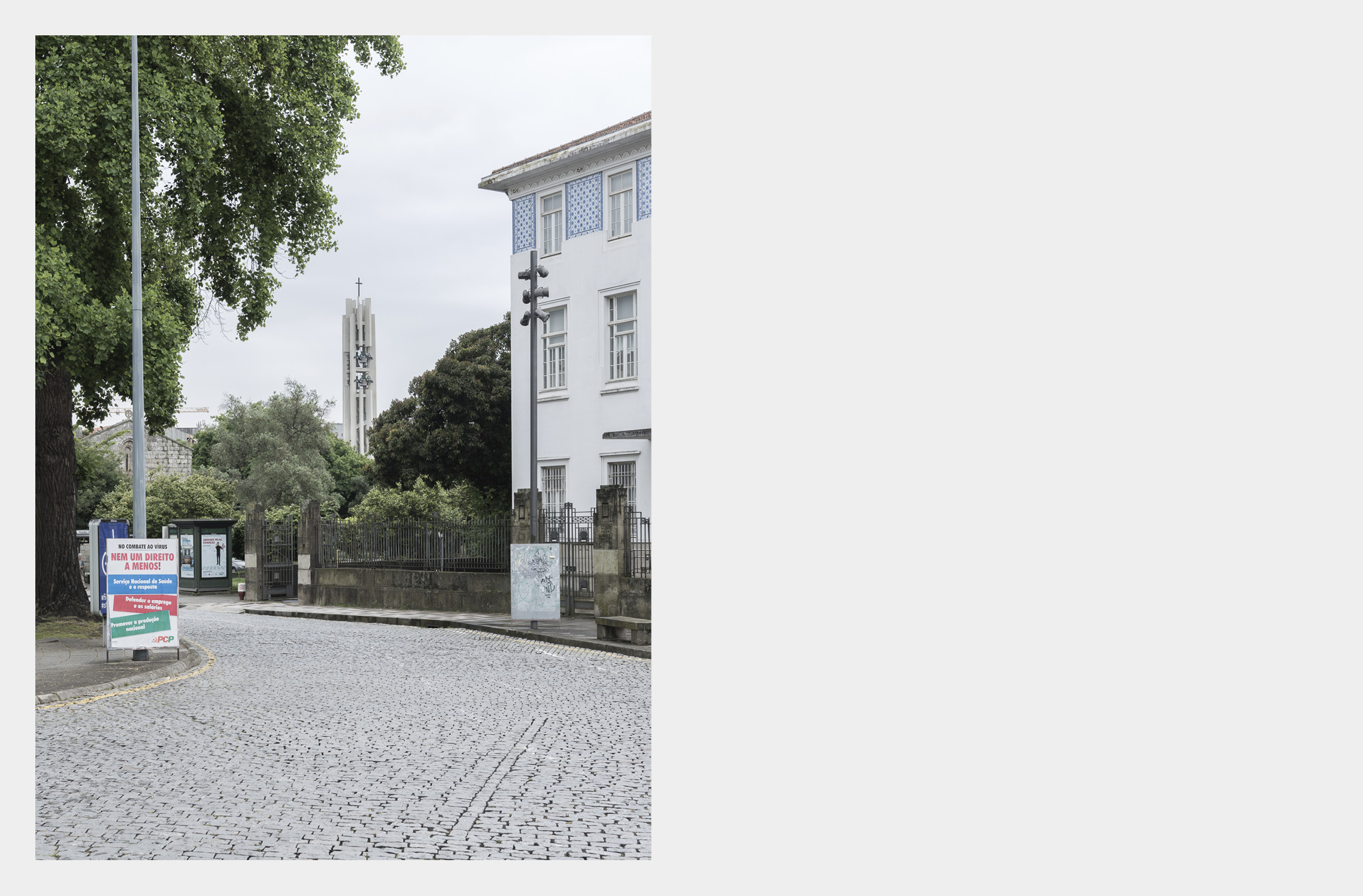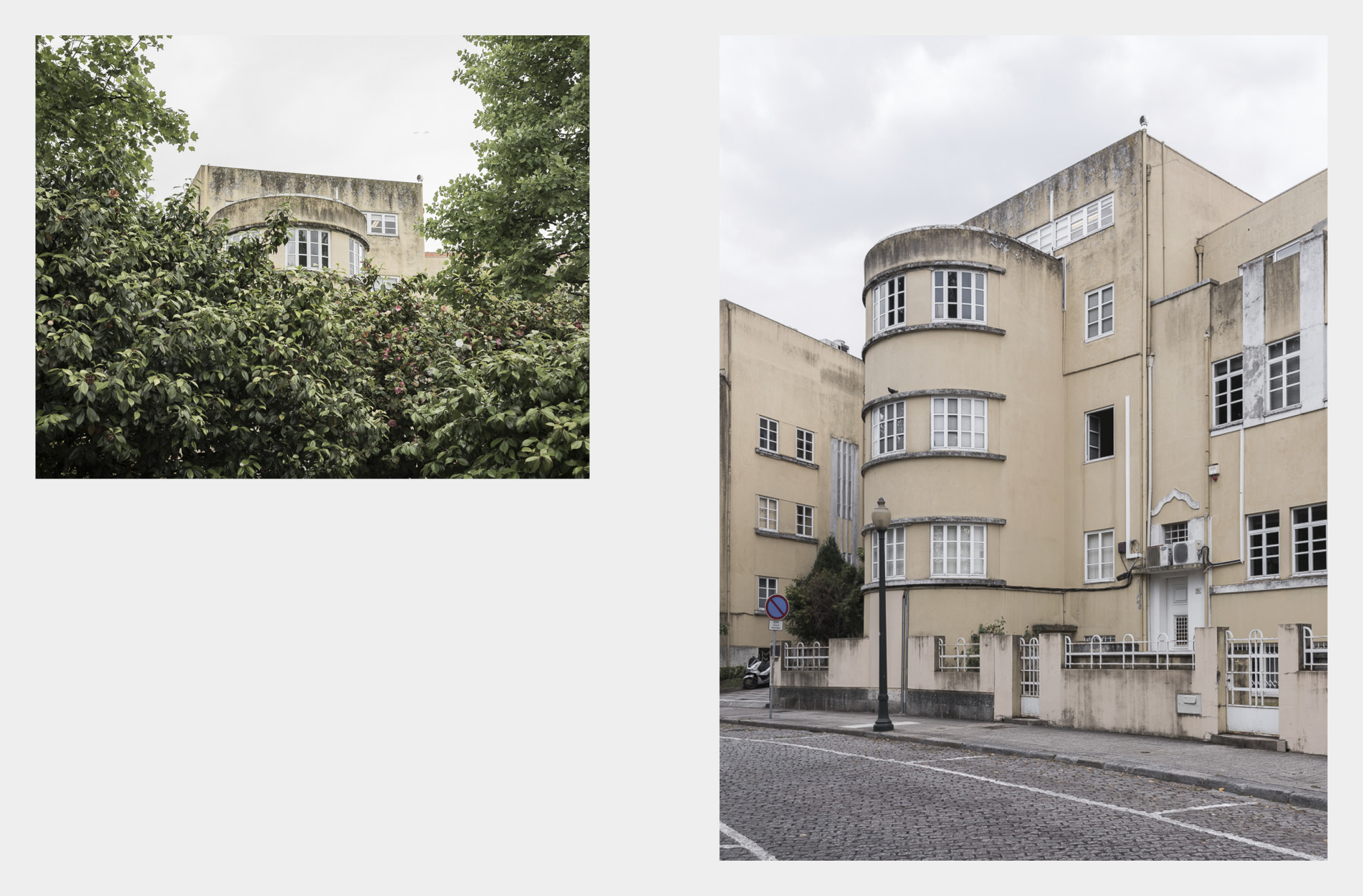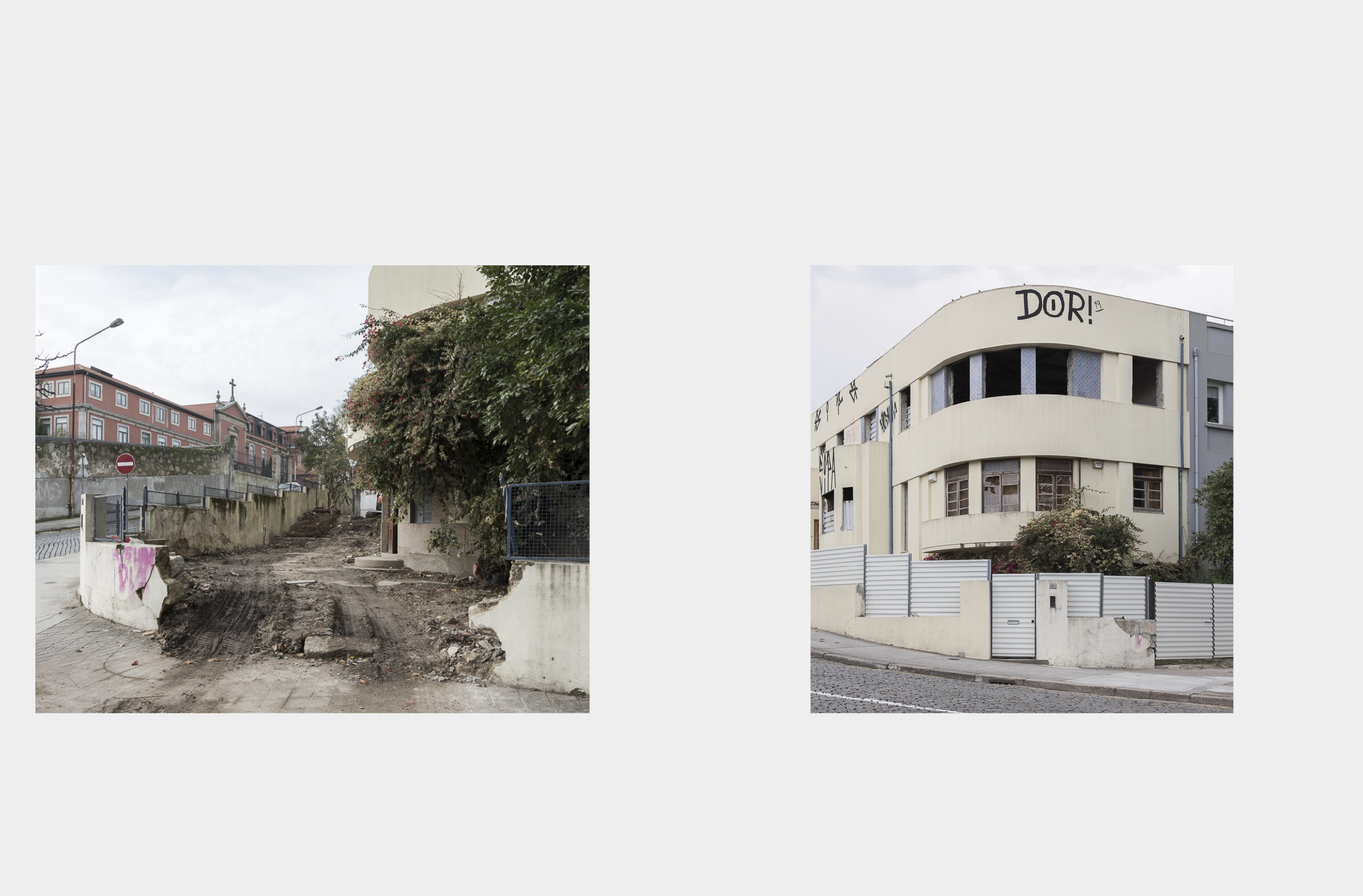The work Pedro Nunes Square corresponds to a first exploratory study developed within the Visual Spaces of Change (VSC) project.
The first approach with the square came from the first visits to the site, arrived by Carolina Michaelis subway station. Here, the visual relation that the square establishes with the axis of the street of Augusto Luso through the centrality of the facade of the high school Rodrigues de Freitas is immediate. From here it became obvious to extend the field of analysis to all this axis given the preponderance it assumes in the city. This first visual contact that takes place in the garden square of the station immediately builds the connection to the square, giving the street that connects these two points a promenade character. This point that culminates the end of the gaze, descending in that sense, makes the banal and random (i.e., unreferenced) profile of the street gain importance as it places it in the city through a game of legibility (Lynch, Kevin). It is in this notion of legibility, so dear to architects and planners, that the photographs (the ones they reveal) can assume not only the role of analysis of these readings but also, themselves, present themselves as autonomous objects of thought.
In a second reading, already inside the square, other characteristics inherent to this square emerge, namely the relationship between the facades that make up the northern side of this half circle and their simultaneous distance from the school. The design of the garden in the center, with a hedge preventing a more frank crossing; a strong car traffic from the street that crosses the square; the lack of relevant program for public space; the abandonment of some of these buildings, this square is composed of many factors that make it difficult to read. And so it is in this duplicity that the plaza presents - the monumental facade and experience of the high school, on the one hand; the uncharacterized and not very active semi-circular street, on the other hand - that one can hypothesize a place that deconstructs its legibility according to its approach. That is, in the process of the mental construction of the city, the strength of this square passes through the marking of a rhythm of approach in its north-south axis, at the same time that it is destroyed when we discover its interior.
From here we can admit that the reading of this space (and, perhaps, of other public spaces) is also made of distances - of approaches and distances. In this sense, I try, through photography, to explore the perception of the interior and exterior of the square and enhance an imminently haptic and visual experience, opening it to an idea of the city that is based on physical and imaginary bonds.
Frederico Martinho Bio
Master in Architecture with the nal dissertation Photography in the Work of Luis Barragán: From the photographic image to the imagination, by the Department of Architecture of the Faculty of Sciences and Technology of the University of Coimbra, guided by Professor João Paulo Providência and accused by Professor José Maçãs de Carvalho. Researcher at the Centre of Studies of Architecture and Urbanism (CEAU) of the University of Porto.
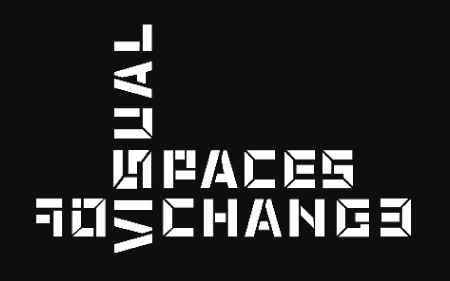

 Construction of Public Space
Construction of Public Space
